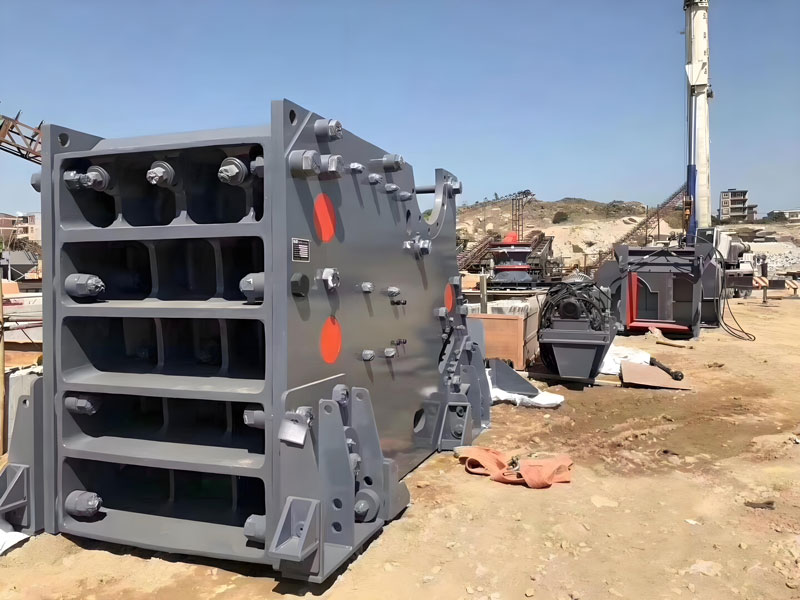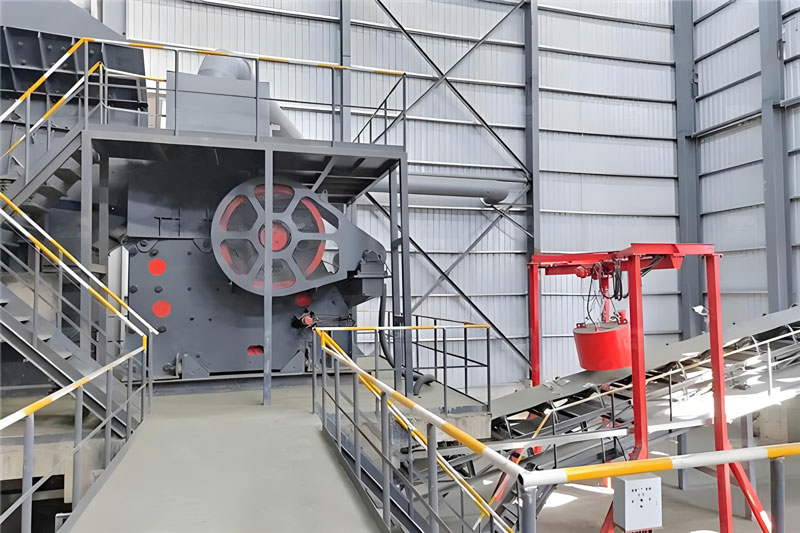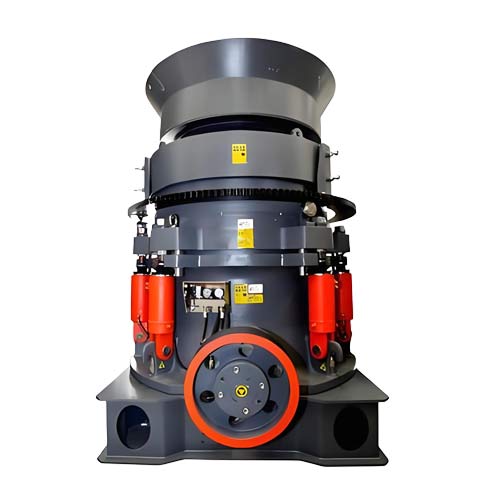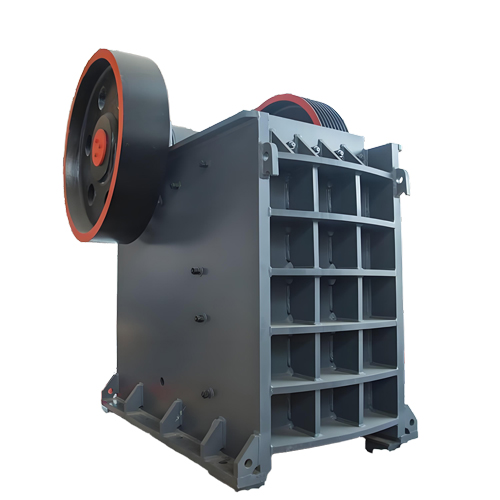The difference between raw gypsum and paris plaster
The two forms of gypsum – raw gypsum and cooked gypsum – are completely different in chemical composition, physical properties and application areas: the former is mainly used for medicinal purposes to clear heat, while the latter is widely used in architecture, medicine and art. The precise selection of the two determines the full realization of the material’s effectiveness.
Gypsum, a key member of the sulfate mineral family, plays an indispensable role in architecture, medicine, art, and industry. Depending on its processing state and properties, gypsum can be divided into two forms: “raw gypsum” and “platinum.” These two forms differ significantly in their chemical composition, physical properties, uses, and preparation methods. This article will delve into the differences between the two from multiple perspectives, providing readers with a comprehensive understanding.

Chemical composition and crystal structure
1. Gypsum (CaSO₄·2H₂O):
Its scientific name is “calcium sulfate dihydrate”. It exists naturally in gypsum mines. Its theoretical composition contains 32.6% calcium oxide (CaO), 46.5% trioxygen sulfate (SO₃), and 20.9% crystal water (H₂O).
The crystal structure is monoclinic, and it is plate-like or fibrous. Common colors are white, gray or reddish brown, and the surface has a glassy or silky luster.
It is chemically stable, but will dehydrate and turn into gypsum when exposed to high temperatures.
2. Plaster of Paris (2CaSO₄·H₂O):
Also known as “calcium sulfate hemihydrate”, it is made by heating raw gypsum to 107℃-170℃ and dehydrating it. The crystal water in the chemical formula is reduced to 1/2 molecule.
The crystal structure is denser than that of gypsum, usually appears as a white powder, and has significantly enhanced water absorption.
High temperature treatment causes its chemical properties to change, giving it unique physical properties.

Comparison of physical properties
1. Shape and hardness:
Gypsum: natural block or fibrous, low hardness (Mohs hardness 2), easy to break and grind, with soft surface gloss.
Plaster of Paris: Powdered, relatively high hardness, stable structure after molding, not easy to deform.
2. Hygroscopicity and stability:
Gypsum contains a lot of crystalline water and is highly hygroscopic. It easily absorbs moisture when exposed to air, affecting its stability in use.
After dehydration, the moisture absorption capacity of gypsum decreases, and it has excellent stability in a dry environment, and has both insulating and heat-insulating properties.
Differences between medicinal and practical value
1. Gypsum (mainly for medicinal purposes):
It is cold in nature and enters the lung and stomach meridians. It is often used in traditional Chinese medicine to clear away heat and purge fire, relieve restlessness and quench thirst. It is mainly used to treat high fever and thirst, lung heat cough and asthma, stomach fire toothache and other symptoms.
Modern medicine has confirmed that its decoction can inhibit the fever center, with significant antipyretic effect without sweating, and is suitable for patients with persistent high fever.
When taken orally, it needs to be dissolved by gastric acid and converted into calcium salt to exert sedative and anti-inflammatory effects, but it cannot be used directly externally.
2. Plaster of Paris (for external and industrial use):
The medicinal properties change after calcination and it no longer has the effect of clearing away heat. It is mostly used externally to absorb moisture, heal sores, promote tissue regeneration and stop bleeding, such as treating bleeding wounds and ulcers that do not heal for a long time.
Widely used in industrial fields: building gypsum boards, sculpture materials, medical plaster bandages, food pH regulators, mold manufacturing, etc.

Relationship between Preparation and Transformation
Raw gypsum and paris plaster can be transformed into each other through temperature control:
Heating and dehydrating raw gypsum → cooked gypsum (107℃-170℃)
Plaster of Paris is recrystallized by adding water to produce raw gypsum (theoretically feasible, but strict control of conditions is often required in industry)
5. Simple identification method Since it is difficult to distinguish visually when both are white powders, the following experiment can be used:
Take 10 grams of gypsum powder, add 15 milliliters of water, stir, and let it stand for 10 minutes:
If a dry, sticky mass forms → Plaster of Paris (water absorption causes the powder to clump together)
If it is in the form of wet loose slag → gypsum (the crystal water has not been lost and the dispersion is strong)

Precautions for clinical application
It is strictly forbidden to confuse them: raw gypsum is good at clearing heat, while cooked gypsum is good at promoting tissue growth. If cooked gypsum is mistakenly used instead of raw gypsum for internal use, the condition may worsen due to the incompatibility of medicinal properties.
Pharmaceutical standards: In modern pharmacies, raw gypsum must be labeled “raw” to prevent misuse, while cooked gypsum is often used in surgical dressings.
Conclusion: The difference between raw gypsum and paris plaster is not merely a transformation of physical form; it also encompasses a systematic distinction from chemical composition to application. Raw gypsum is primarily known for its medicinal value of clearing heat and purging internal heat, while paris plaster, with its stability and plasticity, has become a cornerstone of architecture, medicine, and art. Understanding the essential differences between the two not only helps ensure the safety of pharmaceuticals but also provides a scientific basis for material selection across various industries. In the practical application of gypsum, accurate identification and appropriate selection are crucial to ensuring the continued unleashing of the unique value of this ancient mineral.
Related Products
Inquiry
Please leave us your requirements, we will contact you soon.





